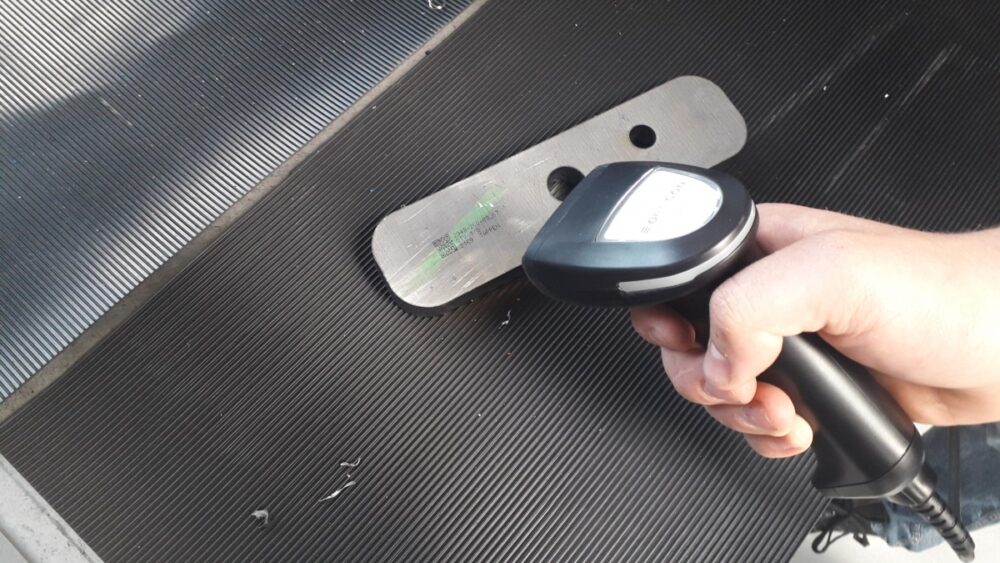Smart industry, Industry 4.0, Lean Manufacturing. Much is written and spoken about “The Digital Factory”; a factory in which no paper is visible anymore. But to what extent are the sheet metal factories actually paperless? And what is actually the point of a digital factory?
To answer these questions, it is important to look at the purpose of smart industry 4.0. The aim of this automation trend is to connect machines with each other and thus ensure optimization of production processes. Optimization creates new opportunities in the value chain, because the factory works more efficiently.
Within industry 4.0, a lot of work is done with sensors and technology, but to what extent is this already used in the sheet metal processing industry? Many companies are aware of the possibilities in technology, but still cling to the old way of thinking. While technology can reduce the number of errors, shorten the lead time and thus increase delivery reliability.
Smart Industry 4.0 is still not sufficiently visible in the sheet metal processing industry
The KUMA Pro is an example of a technology that allows sheet metal companies to take a big step towards smart industry 4.0. All cut laser parts undergo an identification process in which the identity is determined through reverse engineering. The laser parts are provided with an inkjet marking, which can be freely filled in with information from the ERP system. It is also possible to add a QR code here.
A lot of information can be added to a sheet metal part with this QR code. For example, screens can be placed in the factory so that operators can immediately view the drawing when scanning laser parts. In this way, production slips or stickers are no longer necessary and there is no need to search for the correct drawing in a thick order folder.
In addition, the QR code not only provides advantages for the internal process. The customer also benefits from a QR print on the laser parts. A step can be taken towards a digital factory for the customer when he uses scanners in the production environment or the warehouse (Click here for a demonstration). In this way, added value is created for customers, allowing chain integration to be achieved. After all, customers can indicate themselves what they want to have on the print so that it actually has added value for them. In this way, the market value of the products is increased in price and the products in quality.
The added value in the form of a marking desired by the customer increases sales of marked sheet metal. In this way, more turnover can be generated and in the future more orders will flow in for sheet metal companies that provide laser parts with marking than companies that do not. Chain integration is an important aspect here. Sheet metal buyers are willing to pay more and order more as the added value is significantly increased.
More turnover is generated through chain integration with the customer
All in all, it can be concluded that Smart industry 4.0, a slogan that is spoken by many as “the future”, is already present and that companies must respond to this.

